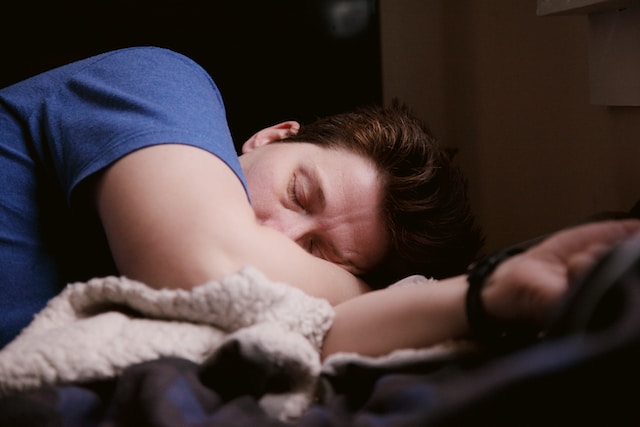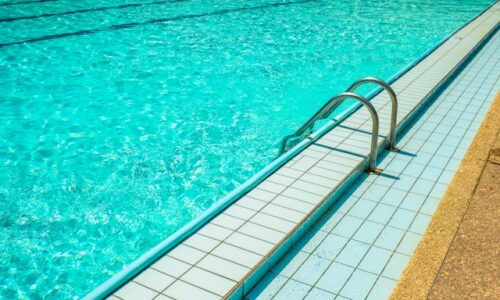
Importance of Early Detection and Treatment of Pediatric Obstructive Sleep Apnea
Sleep apnea in children is characterized by periods of shallow breathing (hypopnea) or no breathing (apnea). Enlarged tonsils and adenoids cause the blockage or narrowing of the airway. In children, loud snoring is frequently the first indicator of sleep apnea. Other symptoms include a dry mouth or nose, poor growth (“failure to thrive”), irritability, and bedwetting.
Symptoms
Many adults think of sleep apnea as a disease that affects older people, but the condition also occurs in children. When children have sleep apnea, it can cause problems with growth and development and even lead to heart failure in the worst cases. Obstructive sleep apnea is when your child stops breathing while asleep. It usually happens because of a blockage, most commonly enlarged tonsils or adenoids. The most frequent symptom of pediatric obstructive sleep apnea is loud snoring or loud breathing during sleep. Still, children may also be tired and irritable or have difficulty concentrating during the day. To diagnose pediatric obstructive sleep apnea, doctors typically begin by getting information from the patient and parents or guardians about the symptoms they experience during the day and night. Then, the doctor performs a physical exam to check for a narrow throat passage, large tonsils or enlarged adenoids. To get a more complete picture, the doctor may recommend a sleep study — sometimes called polysomnography — performed in a sleep laboratory.
Diagnosis
Pediatric obstructive sleep apnea can be difficult to diagnose. Many children snore, but only a small percentage have obstructive sleep apnea. This condition causes the throat to narrow or close during sleep, causing breathing to stop briefly. Breathing usually restarts soon afterward. This can happen repeatedly during the night. Children with obstructive sleep apnea often have trouble sleeping, making them tired and irritable during the day. If left untreated, this can lead to problems at school and poor growth. A pediatric obstructive sleep apnea Los Angeles CA doctor can check for obstructive sleep apnea in a child by examining the medical history and physical exam. The doctor may also suggest a sleep study, which involves spending the night in a lab to monitor a child’s breathing during sleep. X-rays can help doctors determine if a child’s tonsils and adenoids are too large and contribute to obstructive sleep apnea. If these are the cause, a doctor can remove them surgically.
Treatment
Children with obstructive sleep apnea can present with a wide range of symptoms. They often have loud snoring, gasp or stop breathing during sleep, mouth breathing during sleep and restless sleep. They can wet the bed (despite normally good bladder control), be irritable and sleepy during the day, behave erratically, have poor concentration or have problems in school. Their weight may increase, and their blood pressure and heart rate can rise.
A child with obstructive sleep apnea should see their healthcare provider for evaluation. They will probably be recommended for an overnight sleep study in a sleep lab. This is called polysomnography, and sensors on the head and body record brain waves, leg and arm movements, muscle activity, snoring, oxygen levels and heart rate during sleep. Pediatric obstructive sleep apnea is treatable. Surgical removal of enlarged tonsils and adenoids or CPAP therapy may help. Medications such as antihistamines, fluticasone, or montelukast may also reduce inflammation and congestion.
Prevention
While it’s more common in adults, obstructive sleep apnea can also occur in children. The symptoms may not be as obvious as a loud snore or gasping for air at night. Still, they could include bedwetting (despite usually good bladder control), irritability during the day, or difficulty learning. Pediatric obstructive sleep apnea is often caused by enlarged tonsils or adenoids, which narrow or block the upper airway. Sometimes, simple surgery to remove the tonsils and adenoids cures the condition. Other times, medication or a device worn while sleeping can help. A pediatric sleep specialist can evaluate your child for obstructive sleep apnea by performing a nighttime study in the sleep lab, known as polysomnography. During this overnight test, your child will wear sensors that monitor the brain waves, eye movements, body and arm movement, muscle tone, heart rate and breathing patterns. The results can help determine the severity of your child’s sleep apnea and guide treatment decisions.





